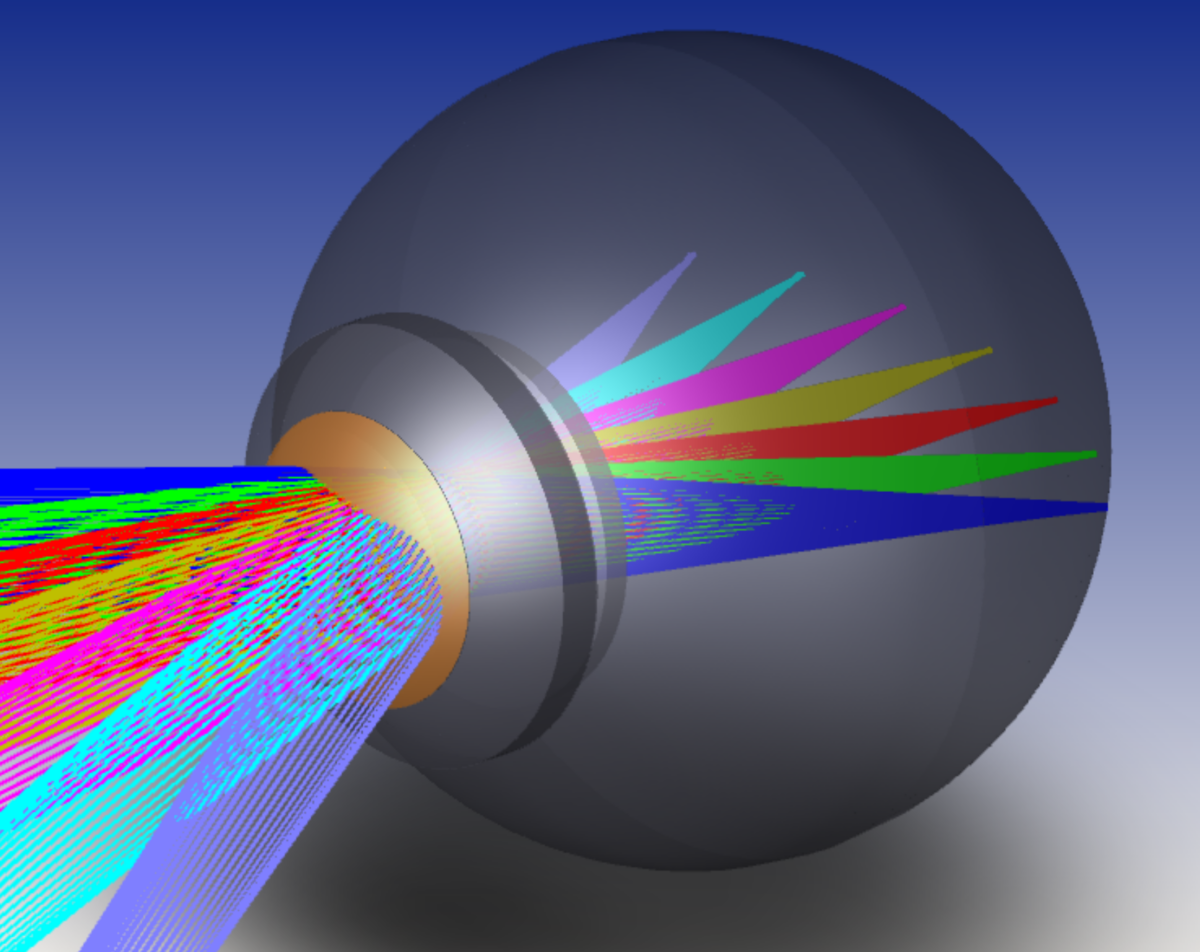
Myopia Control with Optical Design
This senior design-driven project creates accurate Zemax ray-tracing models of the human eye to evaluate diffractive-refractive hybrid contact lenses for correcting wavefront error and chromatic aberration. The eventual goal is to apply the technology to school-aged children to prevent the progression of myopia development.
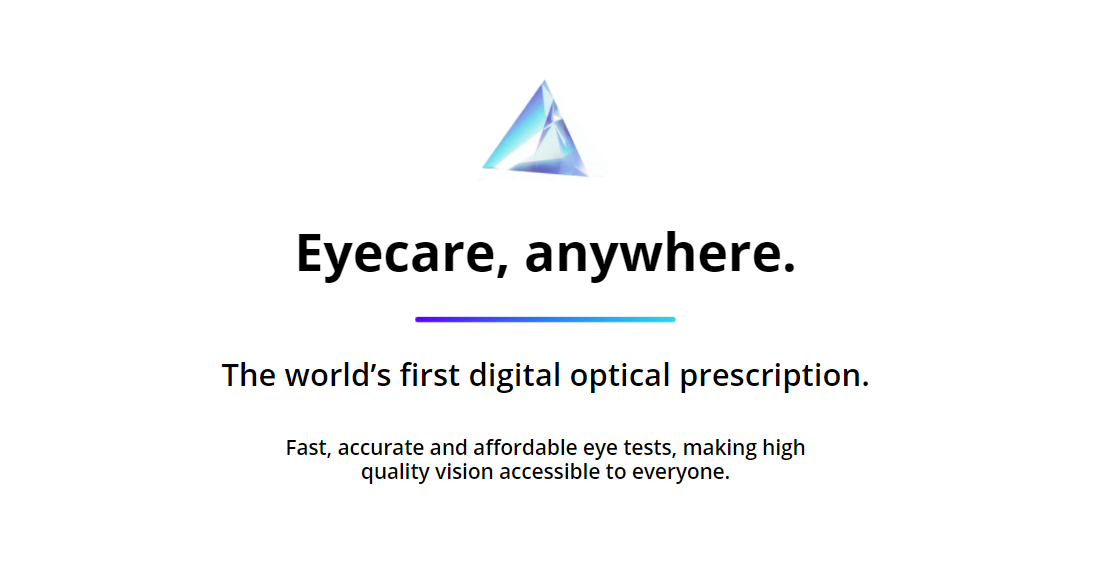
EYEZ
Development of a telehealth platform that provides digital optical prescriptions, making high quality vision accessible to everyone.
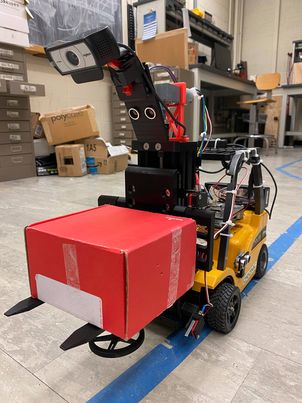
Retrofitting a forklift with an open-source autonomous-warehousing system.
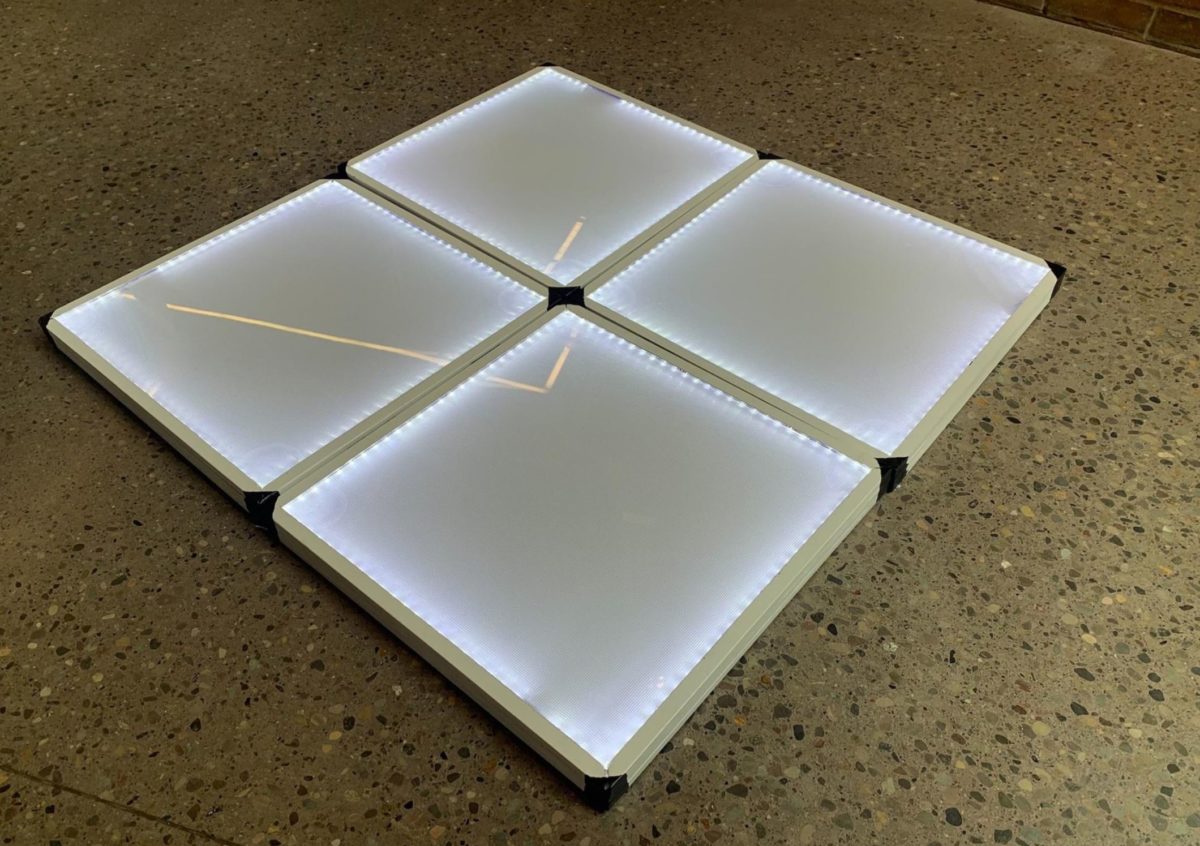
Mary Cariola Classroom Aids
The Mary Cariola Classroom Aids project focused on developing LED light panels to refocus the attention of visually impaired students. Our solution includes 4 individual panels, as well as a stand that can rotate to three different angles to help accommodate various students.
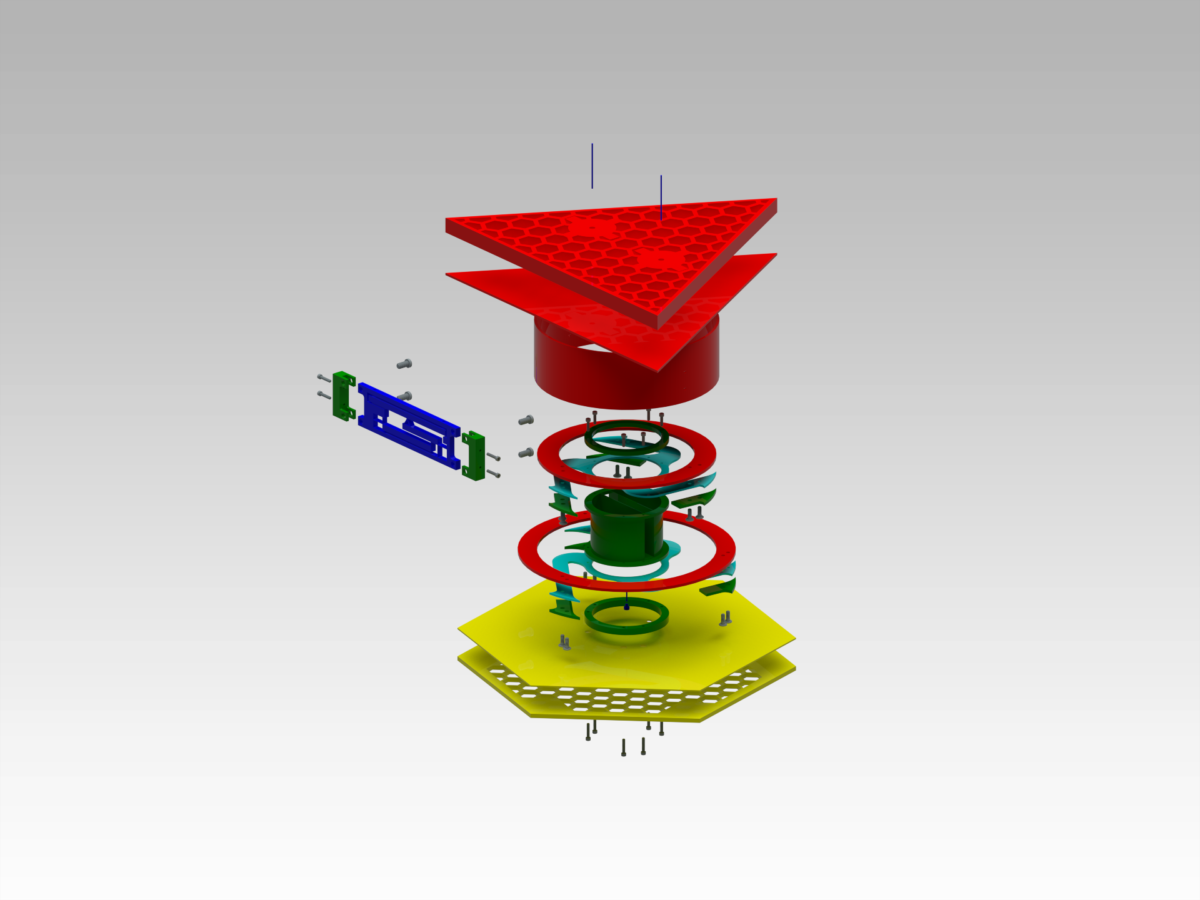
L3Harris Space Secondary Mirror Positioning System
L3Harris Technologies is an American defense company that builds a variety of mechanical, optical, and electrical systems. The Rochester division designs and builds systems for space applications. Optical space telescopes are widely used in both Earth and astrophysical observations and play a major role in scientific and national security. For optical telescopes to function properly and take clear images, their optics must be precisely aligned to focus light. However, during the launch of the telescope, the relative positions of these optics can change. The goal of the project is to build a mechanism to finely adjust the position of these optics to enhance resolution and accuracy of the telescope images. This improved image quality has significant implications for both terrestrial and space observations with applications to scientific research and national security.
